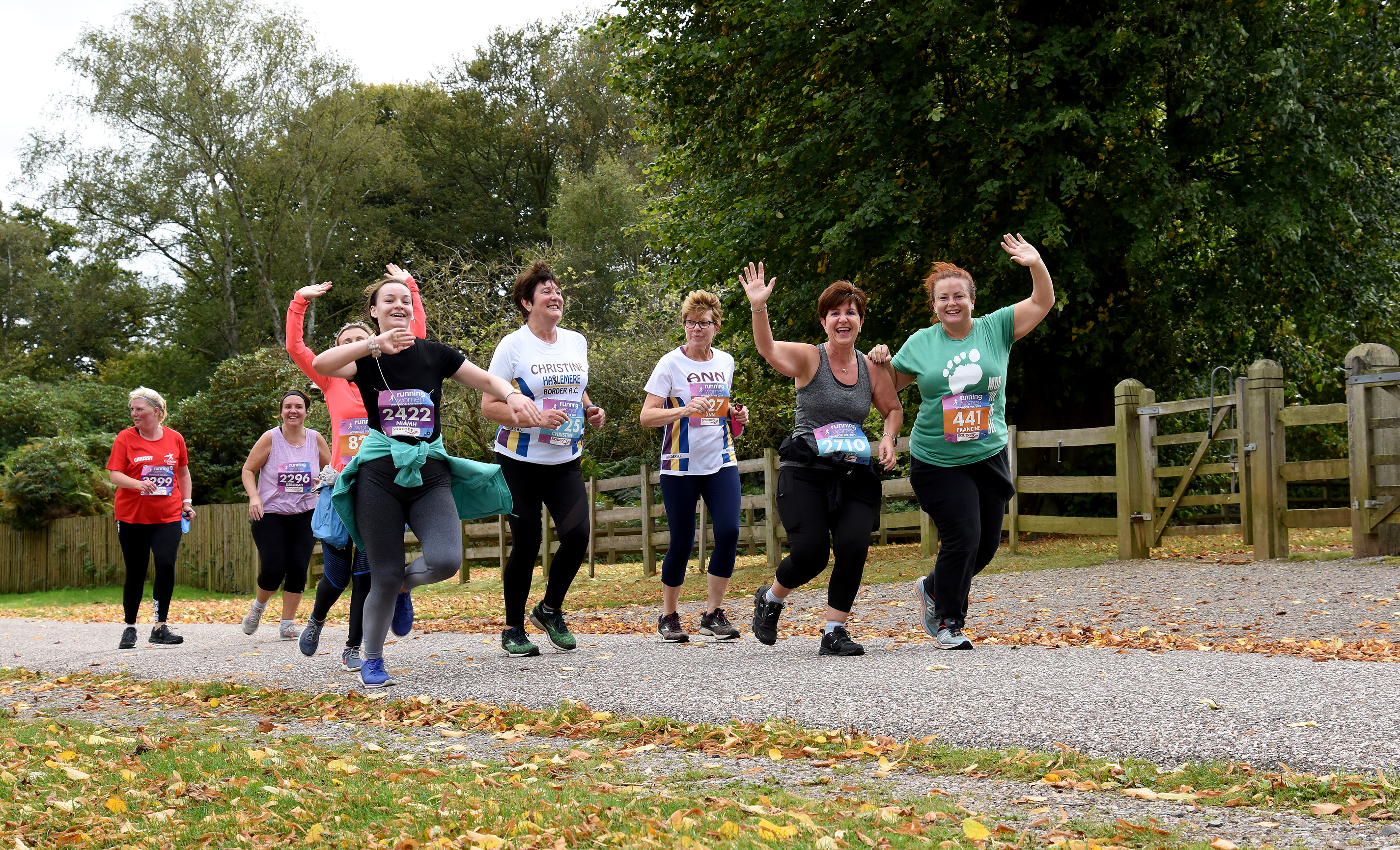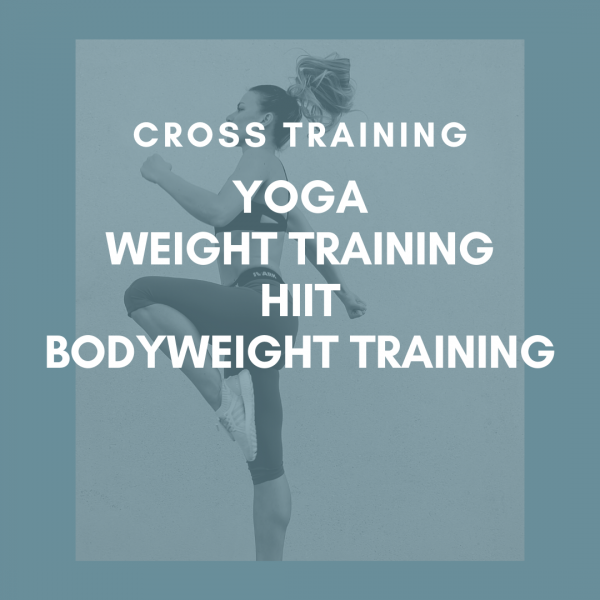4 Benefits of Cross Training At Home
4 Benefits of Cross Training At Home
What else can you do during lockdown?
Let’s talk about cross training. No, it’s not running, but yes it is useful. Here’s how to make the most of cross training at home.
Yoga
The classic pairing for running training. Yoga has travelled a long way from its spiritual roots, and it’s now used as a great way to incorporate flexibility, mobility, and relaxation into your fitness routine. Yoga is particularly good for stretching those key running muscles which might be feeling tight or stiff – hamstrings, quads, calves, hips, and back.
How to: check out YouTube for simple yoga flows, or choose a more specific session to work on an area of your body. Look for twists, forward folds, and gentle backbends to compliment your running routine.
Weight Training
Weight training doesn’t have to mean a barbell (although if you enjoy that, great!) It can also mean dumbbells, kettlebells, or odd objects like medicine balls or sandbags. The aim is to strengthen your body to even out the impact of running. Think about strengthening upper and lower body, left and right, front and back, to help you through all planes of movement (sagittal, frontal and transverse).
How to: check YouTube or Instagram for live workouts or free guides to download. Focus on the basics, some kind of squat, overhead press, horizontal push, and hip hinge with a weight that you can handle.
HIIT (High Intensity Interval Training)
What is HIIT? High intensity interval training is intense cardio which acts as a conditioning tool, helping to burn body fat and making you a fitter, stronger, more powerful runner. You can do a HIIT session with bodyweight, with weights, or when you’re running. The key is short, intense intervals with recovery time between.
How to: choose your method (hill reps/sprints, plyometric bodyweight exercises, or light weights) and go all-out for 20-40 seconds with equal recovery time.
Bodyweight Training
Bodyweight training still counts as weight training, but because it uses no equipment (just your bodyweight) it can be as fast or slow as you wish. This means you could do straight sets of press ups, squats, walking lunges, and core exercises – or mix it up with fast changes and dynamic movements to create a cardio effect.
How to: it couldn’t be simpler – choose one bodyweight exercise or create a circuit of 4+ for an at-home workout that will strengthen and condition your whole body.
Similar Posts:
- 4 Benefits of Cross Training At Home
- How to set out your Spring training plan
- How To Manage Your Daily Exercise Time During Lockdown
- The Very Best Cross Training Ideas For Runners
- How To Train For A 10K Race With Limited Time
- 3 Easy Bodyweight Exercises To Avoid Injury



